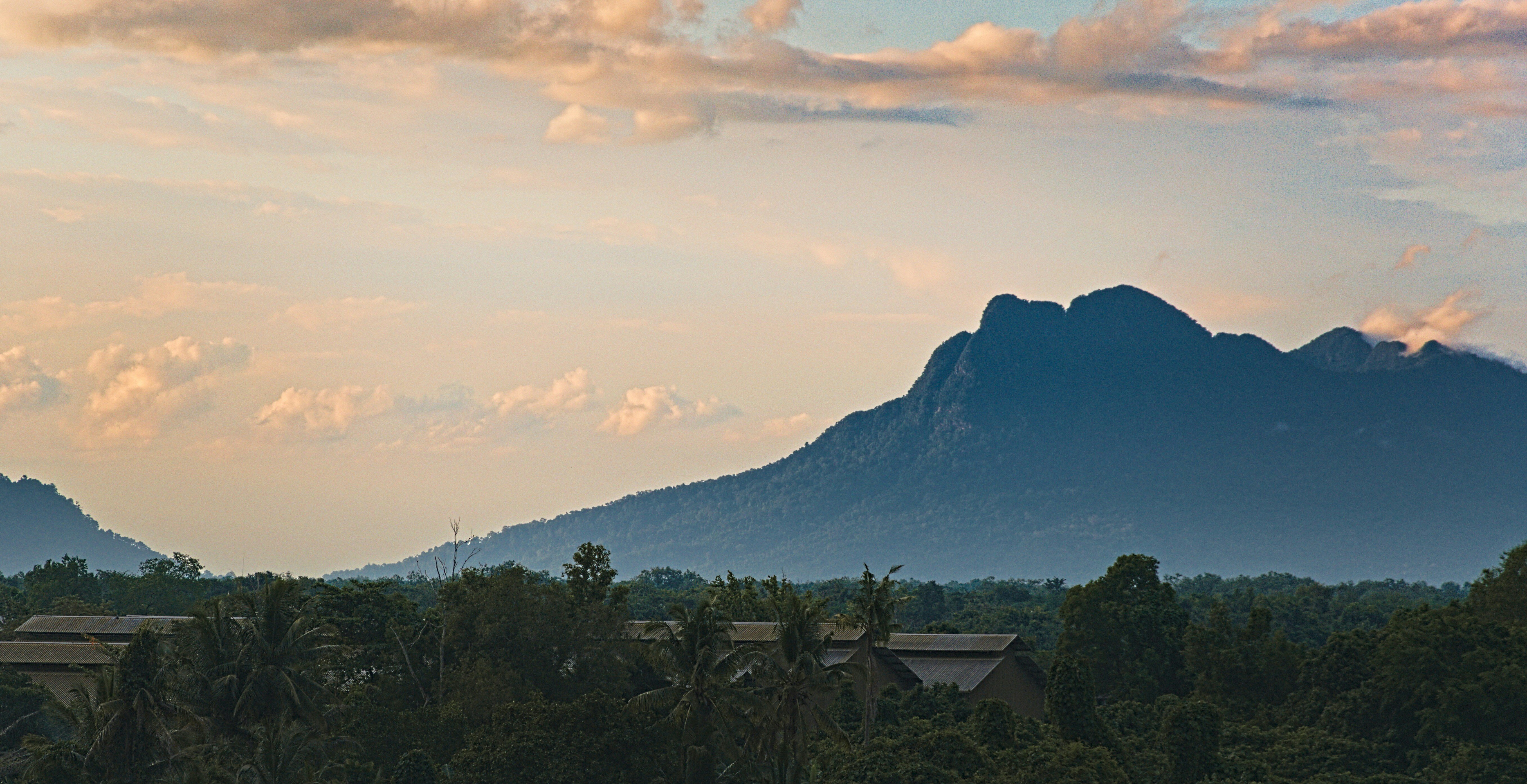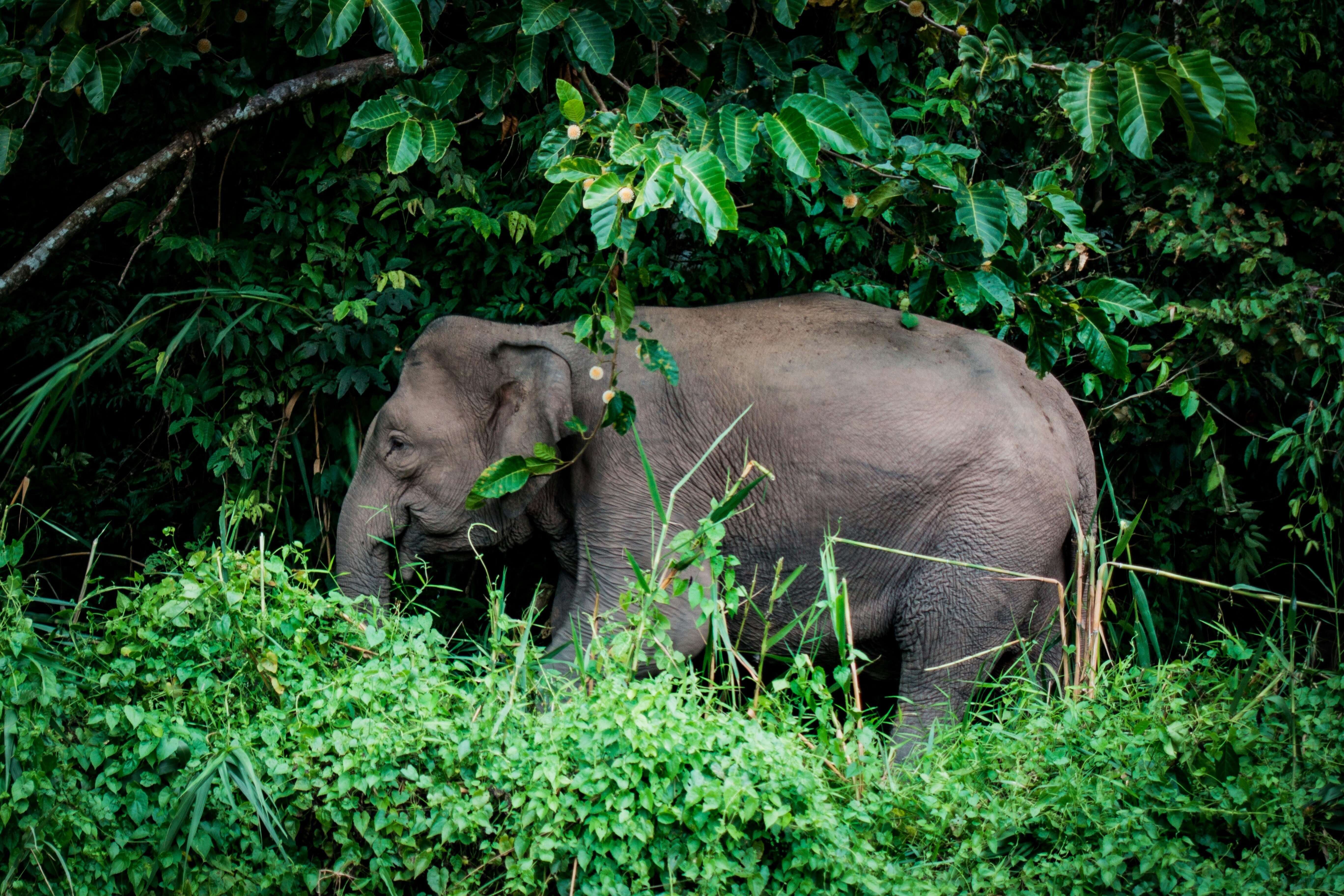Week 25: Conservation Finance News
Optimism surrounds Malaysia’s first forest-based carbon credits
Market watchers are optimistic about the auction of credits from the Kuamut Rainforest Conservation Project in Malaysia, securing and restoring 84,000 hectares of rainforest. The auction, with a floor price of US$10 per tCO2e on the BCX, highlights community and biodiversity benefits, standing out for its high ratings, reduced risks, and transparent IFM methodology, potentially commanding higher prices for its focus on forest protection and community involvement. To learn more, click here.
Greenhouse gas emissions and carbon capture trading Bill to reach Parliament by end 2024
A federal Bill on greenhouse gas emissions and carbon capture trading, expected in Parliament, will encompass laws, regulations, and tax schemes. Malaysia aims to reduce emissions by 45% by 2030, emphasizing a hydrogen economy for climate mitigation through infrastructure and innovation. To learn more, you can click here.
Sabah’s biodiversity award for collaborative forestry research
Dr. Tan Ming Kai of the National University of Singapore and Sabah Forestry Department received Sabah’s Best Biodiversity Research Award for their work on Orthoptera biodiversity, publishing 12 scientific papers and describing five new species. This collaboration supports biodiversity conservation and forest insect diversity research. The award ceremony took place on June 11 in Kota Kinabalu. To know more, you can click here.
Brunei's peat swamp forests have high biomass, as revealed in a conference
Researchers at a conference in Brunei found that the country's peat swamp forests have high aboveground biomass, ranging from 470 to 560 tonnes per hectare. These old-growth forests boast higher biomass stocks compared to other tropical rainforests in insular Asia. The Badas peat dome in Sarawak, covering 16% of the country, is known for its preserved nature and biodiversity. Dr. Borhan Mohd from Lunima Sdn Bhd presented findings on Brunei's Peat Swamp Forest, highlighting a below ground carbon stock of 3,264tC/ha. Click here to learn more.
Improved peat and mangrove carbon accounting aids Indonesia's climate policies
A study in Indonesia suggests improving carbon accounting in wetland ecosystems, including peatlands and mangrove forests, to address emissions. Researchers aim to close gaps in the current greenhouse gas accounting system for precise data on climate policies. Indonesia targets a 43% emissions reduction by 2030, aligning with the Paris climate agreement. Click here to learn more.
State Voluntary Carbon Market Report 2024 released
Ecosystem Marketplace (EM) releases the 2024 State of the Voluntary Carbon Market (SOVCM) report, offering a detailed overview of global voluntary carbon credit supply and demand. This report captures both past market activity and future trends shaping the voluntary carbon market (VCM). Meanwhile, S&P's Global Compliance Carbon Landscape 2024 notes Malaysia's planned ETS launch in 2028, with international VCM credit trading as the sole option for compliance. Click here to learn more.
Biodiversity bonds are appealing to investors
Biodiversity bonds have surged, now making up nearly one-third of ESG debt, up from 3% in 2015. With a potential issuance of close to $300 billion, these bonds are crucial for nature preservation, bridging a $700 billion biodiversity finance gap, and aligning with climate change goals in the $6.5 trillion ESG bond market. Click here to learn more.
IDB Group launches plan to boost biodiversity in projects
The Inter-American Development Bank (IDB) launched the 2024–2025 Natural Capital and Biodiversity Mainstreaming Action Plan to integrate biodiversity and natural capital into its operations, supporting nature-positive objectives in Latin America and the Caribbean. This strategic move aims to enhance livelihoods, regenerate biodiversity, and drive economic development opportunities in the region. To know more, you can click here.
Banks are seeking foothold in fast-growing biodiversity market
UBS Group AG hosted its first biodiversity conference post Credit Suisse's collapse, exploring financing opportunities to protect natural capital and be profitable for investors. Major banks like Standard Chartered, JPMorgan Chase, and UBS are entering the biodiversity market, exploring carbon and biodiversity credits to support marine conservation efforts and offer companies a competitive edge through sustainability practices. The London conference aligns with UBS and Planet Tracker's upcoming study on investor strategies for a nature-friendly energy transition. Click here to learn more.
Private finance surge to close nature finance gap by 2030
Private funding for nature is reaching record levels, with $1.45 trillion potentially invested by 2030, aiding in closing the nature finance gap and boosting biodiversity globally. This surge marks a significant shift in conservation financing, yet challenges persist in directing funds to key projects and aligning investments with national biodiversity priorities. To know more, you can click here.



